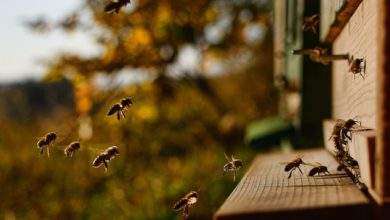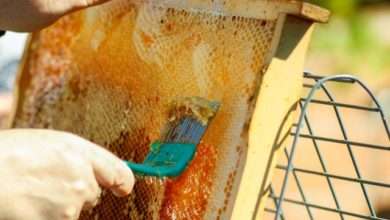Cold Knife vs Electric Uncapping Knife
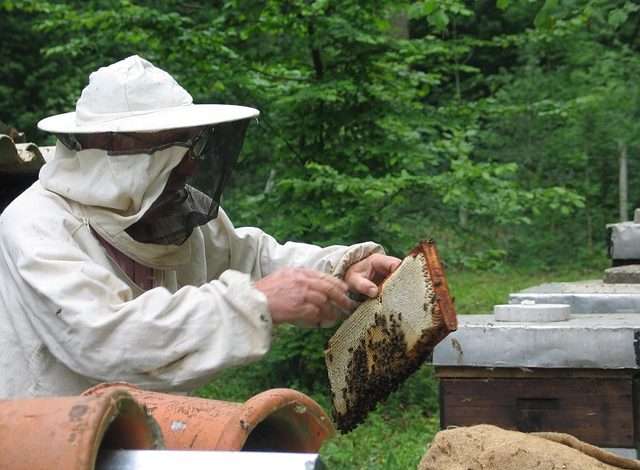
Beekeepers know the importance of uncapping honeycombs to extract the sweet nectar of their hardworking bees. Traditionally, beekeepers used cold knives to uncapped honeycombs, but modern technology has introduced electric uncapping knives as an alternative method. In this article, we will discuss the differences between these two tools and provide guidance on choosing the best method for your beekeeping needs.
Overview of Traditional vs Modern Uncapping Methods in Beekeeping
Throughout history, beekeepers have used various techniques to uncapping honeycombs, ranging from traditional methods to more modern approaches. Here, we will explore the importance of uncapping honeycombs and compare traditional and modern uncapping methods.
The Importance of Uncapping Honeycombs
Uncapping honeycombs is a vital step in the honey harvesting process. It allows beekeepers to access and extract the honey concealed within the individual cells of the wax comb. By uncapping the honey, beekeepers can ensure a smooth and efficient honey extraction, preserving the quality and taste of the final product. Proper uncapping techniques also aid in the preservation of the delicate wax combs, allowing them to be reused by the bees for future honey production.
Traditional Uncapping Methods
Throughout history, beekeepers have employed various traditional methods to uncap honeycombs. One frequently used technique involves using a hot knife or heated blade to carefully slice off the wax seal from the top of the honeycomb. This method requires skill and precision, as excessive heat or careless handling can damage the honeycomb or compromise the quality of the honey.
Another traditional uncapping method involves the use of a sharp knife to manually scrape away the wax seal, often resulting in a slower and more laborious process. While these traditional methods have served beekeepers well for centuries, there is a need for more efficient and time-saving methods in modern beekeeping practices.
Modern Uncapping Methods
In recent years, beekeepers have embraced modern technologies and innovations to improve their beekeeping practices, including the honey uncapping process. One popular modern method involves the use of an electric uncapping knife, which provides precise and consistent heat, making it easier to remove the wax seal. Electric uncapping knives can significantly reduce the time and effort required for uncapping honeycombs, enhancing overall productivity in the beekeeping operation.
Additionally, some beekeepers have adopted the use of uncapping machines, which utilize mechanized tools to remove wax seals swiftly and efficiently, further streamlining the honey extraction process. These modern uncapping methods not only save time and resources but also ensure minimal damage to the honeycombs, resulting in high-quality honey.
As beekeeping continues to evolve, finding the balance between traditional wisdom and modern innovation will be key to maintaining sustainable and thriving bee populations, ultimately providing us with the golden sweetness of nature’s liquid gold – honey.
Cold Knife Uncapping Tool
Description and Design of Cold Knife
The cold knife uncapping tool is a vital tool for beekeepers when it comes to harvesting honey from the honeycomb. This particular tool is designed with a long, serrated blade that is handheld, making it ideal for removing beeswax caps from the cells of the honeycomb. Unlike the hot knife which relies on heat, the cold knife features a sharp edge that smoothly slices through the wax without melting or damaging the honey.
Pros and Cons of Using a Cold Knife
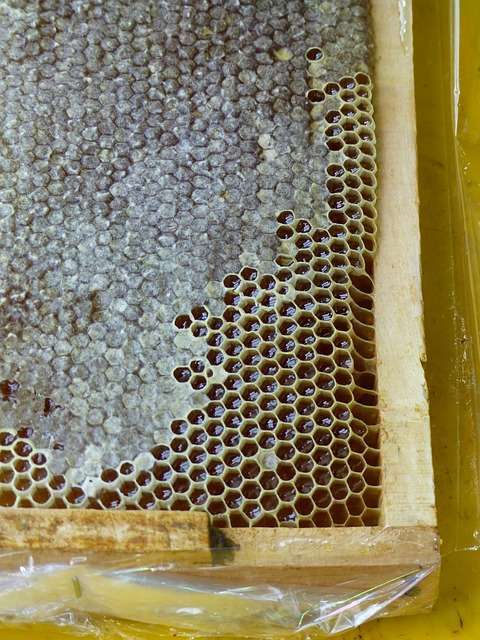
Using a cold knife in honey extraction presents both advantages and drawbacks. One of the major benefits of using a cold knife is its simplicity. It requires no heat source or electrical power, making it easy to use even in remote locations.
Additionally, because the knife does not generate heat, there is no risk of overheating the honey or altering its quality. The cold knife is also not as intimidating as a hot knife, making it a great option for novice beekeepers.
However, it is important to consider the drawbacks as well. Firstly, using a cold knife requires more physical effort compared to a hot knife, as the beekeeper needs to apply force to cut through the wax. Additionally, the cold knife may not be as effective on thick or stubborn wax caps, requiring the beekeeper to make multiple passes. Lastly, the cold knife may not be suitable for beekeepers with hand or wrist conditions that limit their strength or dexterity.
Tips for Using a Cold Knife Effectively
To ensure efficient usage of the cold knife, consider the following tips:
- Maintain a firm grip on the cold knife to exert consistent pressure while uncapping.
- Slowly glide the blade through the wax caps in a controlled and deliberate manner.
- Use short, decisive strokes to prevent the knife from slipping or causing unnecessary damage.
- Regularly clean the blade with warm water to prevent wax buildup, which can hinder the knife’s performance.
- Practice patience and take breaks when necessary to avoid fatigue and maintain accurate uncapping.
Cost Considerations when Purchasing a Cold Knife
When contemplating the purchase of a cold knife, it is essential to assess the cost and quality factors. While cold knives are generally more affordable than hot knives, there can still be variations in price based on the brand, materials used, and additional features. Consider the quality of the blade, the handle’s durability, and any warranties or guarantees offered. It may be worth investing in a slightly more expensive cold knife if it ensures longevity and reliability.
Alternative Uses for a Cold Knife in Beekeeping
Apart from its primary purpose in uncapping honeycombs, a cold knife can serve multiple purposes in beekeeping:
- Splitting Beehives: The flat edge of the cold knife is ideal for prying apart beehive boxes, facilitating hive inspections, and hive population management.
- Cutting Propolis: Propolis, a resin-like substance, can be challenging to remove. The cold knife can effectively cut and remove propolis from hive frames or other equipment.
- Queen Bee Management: The cold knife’s precision enables beekeepers to safely remove queen cells or graft larvae for queen bee rearing purposes.
The cold knife uncapping tool is a versatile tool in beekeeping, enabling efficient honey extraction and aiding in various hive management tasks. By understanding its uses, design, pros and cons, usage tips, and cost considerations, beekeepers can make informed decisions on incorporating the cold knife into their honey harvesting and hive maintenance routine.
Electric Uncapping Knife
The electric uncapping knife is a handy tool used by beekeepers to efficiently remove beeswax caps from honey frames.
Description and Design of Electric Uncapping Knife
- Electric uncapping knives are designed with a heated blade that easily slices through beeswax caps on honey frames.
- These knives come in various styles and sizes, with adjustable temperature settings to suit different types of honey frames.
Pros and Cons of Using an Electric Uncapping Knife
Pros:
- Saves time and energy compared to manual uncapping methods.
- Provides a clean and precise cut, resulting in less damage to honey frames.
- Can be more comfortable to use for beekeepers with arthritis or hand fatigue.
Cons:
- Requires access to electricity or a power source.
- Some models may be more expensive upfront than manual uncapping tools.
- Can be dangerous if not handled properly, as the heated blade can cause burns if touched.
Tips for Using an Electric Uncapping Knife Effectively
- Preheat the knife to the appropriate temperature for the type of honey frames being uncapped.
- Hold the knife at a slight angle to the honey frame for smooth and even cuts.
- Clean the blade regularly to prevent wax buildup and maintain optimal cutting performance.
Cost Considerations When Purchasing an Electric Uncapping Knife
- Electric uncapping knives can range in price depending on the brand, features, and quality.
- Consider your budget and frequency of use when choosing the right model for your beekeeping needs.
Maintenance and Safety Considerations for Electric Uncapping Knives
- Regularly inspect the blade for wear and tear, and replace as needed to ensure efficient uncapping.
- Always unplug the knife when not in use and follow manufacturer’s safety guidelines to prevent accidents.
Electric uncapping knives are a valuable tool for beekeepers looking to streamline their honey extraction process. By understanding their design, benefits, and proper use, beekeepers can make the most of this efficient tool in their apiary operations.
Comparison and Conclusion
When it comes to uncapping honeycombs in beekeeping, there are two main methods that beekeepers often utilize – the cold knife method and the electric uncapping knife method.
Contrasting the two uncapping methods:
- Cold knife method: This traditional method involves using a cold knife to gently scrape off the wax caps from the honeycombs. It is a slower process compared to the electric uncapping knife method, but some beekeepers prefer this method as they feel it provides more control and precision.
- Electric uncapping knife method: This method involves using an electric knife that heats up to quickly and easily remove the wax caps from the honeycombs. It is a faster and more efficient method compared to the cold knife method, but some beekeepers may find it less precise.
Recommendations for different beekeeping situations:
- For beekeepers who have a small number of hives and prefer a more hands-on approach, the cold knife method may be the better option.
- For beekeepers with a larger number of hives and seeking a faster uncapping process, the electric uncapping knife method may be more suitable.
- It is also important to consider the budget and resources available, as electric uncapping knives can be more costly than traditional cold knives.
Final Thoughts
In conclusion, both the cold knife and electric uncapping knife methods have their own advantages and disadvantages. Ultimately, the best uncapping method will depend on the individual beekeeper’s preferences, resources, and beekeeping situation.
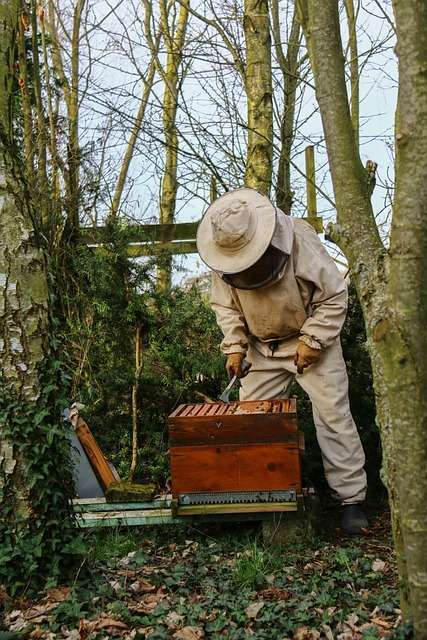
Whether you choose the traditional cold knife method or the more modern electric uncapping knife method, the most important thing is to ensure that the honeycombs are properly uncapped to harvest high-quality honey from your beehives. Happy beekeeping!
FAQ:
What is the difference between a cold knife and an electric uncapping knife?
- The main difference lies in their heating methods. A cold knife requires manual heating before use, whereas an electric uncapping knife has a heated blade powered by electricity.
Which uncapping method is more suitable for small-scale beekeeping?
- Cold knives are a cost-effective and simple option for small-scale beekeeping operations.
Are electric uncapping knives safe to use?
- Yes, as long as they are used according to the manufacturer’s guidelines and safety precautions are followed.
Can electric uncapping knives be used in areas without access to electricity?
- No, electric uncapping knives require a power source to operate, so they are not suitable for areas without electricity.
Can I use a cold knife for large-scale beekeeping?
- While it is possible, electric uncapping knives are generally more efficient for larger operations.

